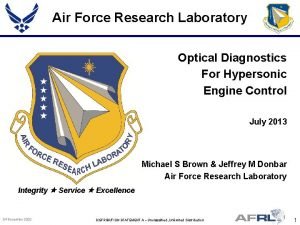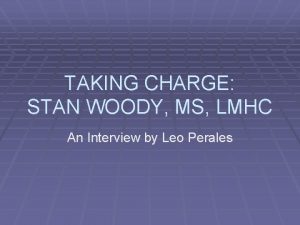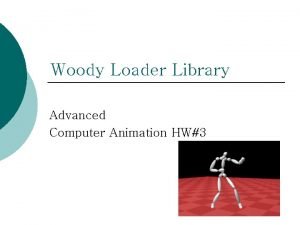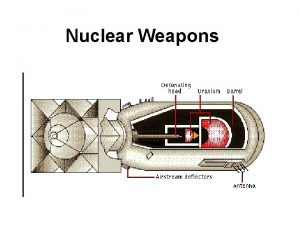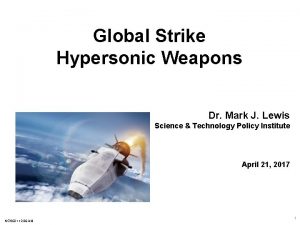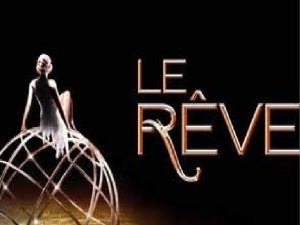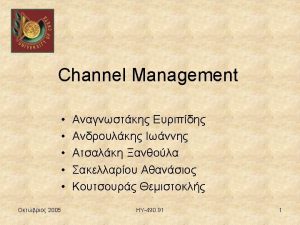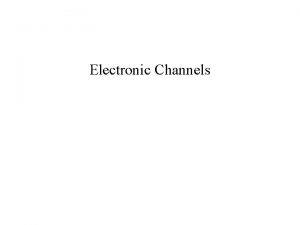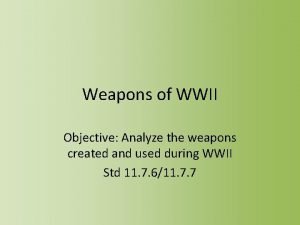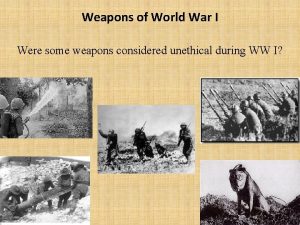Hypersonic Sound Woody NorrisHSSDiscovery Channels Future Weapons What















- Slides: 15


Hypersonic Sound

• Woody Norris-HSS-Discovery Channel's "Future Weapons"

What is HSS? • Allows you to direct sound into a narrow beam. • Sound travels hundreds of yards without experiencing attenuation. • Does this by manipulating inaudible ultrasound. • Open light bulb flash light.

Sound Waves Pressure • “Sinusoidal” wave. • Caused by vibrations of objects. • Humans can hear from 20 - 20, 000 Hz (hertz are vibrations per second). Time

Why use ultrasound? • Non-linearity occurs when systems aren’t consistent; most physical objects are nonlinear. • HSS uses frequencies of more than 60, 000 Hz because this negates sound’s natural nonlinearity. • This allows HSS to travel long distances and remain focused without attenuating. • When HSS hits a non-linear object (like your ear or a wall), it resounds.


Difference/Tartini Tones • Caused by tones with slightly different frequencies. • Perceived as fluctuations in volume. • Only works in a non-linear system.

Piecing it Together • With difference tones, the tone that you hear is the difference in Hz of the 2 tones being played. i. e: 400 + 401 = 1 Hz… 400 + 450 = 50 Hz. • Since humans can’t hear less than 20 Hz difference, a difference tone less than 20 Hz is perceived as volume fluctuation. • But, a difference of more than 20 Hz is heard as a 3 rd tone being played simultaneous to the first 2 tones.


Ultrasound + Difference Tone = Sound • Even though the 2 tones are ultrasonic, you can still produce difference tones. • i. e. 60, 000 Hz and 60, 300 Hz gives you a 300 Hz audible tone. • Because difference tones only work in nonlinear systems, you only hear the tone when it hits your ear, the wall, or some other object. • Since the first two tones are inaudible, however, you only hear the difference tone of 300 Hz.

Practical Uses • • Advertising displays Military NRAD technology Performance halls and theaters Car stereo systems Computer speakers Guerilla military strikes Classrooms

Extensions into Music • Because acoustic instruments--and your ears-are non-linear, difference tones (in music Tartini tones) are present. • Since no tones in music are ultrasonic, all 3 tones are evident… not just the two being played or the one Tartini tone. • How does this affect our perception of intervals and harmony? • How does this affect consonance and dissonance?

Annotated Resources • Feynman, Richard P. , Robert B. Leighton, and Matthew Sands. The Feynman Lectures on Physics. Reading, Mass. : Addison. Wesley, 1963. Chapter 47 of this book explores the topic of sound waves and eventually their relation to electromagnetic waves and atomic harmonics. Equations are given in calculus format. • Kock, Winston E. Sound Waves and Light Waves. Garden City, NY: Anchor Books, 1965. This book provides the fundamentals of sound- and light-wave motion and delves into the topic of propagation and dissipation of waves. • Levitin, Daniel J. This Is Your Brain on Music : The Science of a Human Obsession. New York: Plume, 2007. This is an excellent book about how the brain processes music and sound. In addition, a section of the book is devoted to explaining the basics of music notation and jargon.

Online Resources • Wikipedia article on HSS. • University of New South Wales' physics page-an excellent resource. • Woody Norris demonstrating HSS. • PDF document explaining attenuation in greater depth. • Woody Norris's TEDtalks presentation of HSS.
 Hss hypersonic sound
Hss hypersonic sound Hypersonic
Hypersonic Future perfect continuous tense
Future perfect continuous tense Future simple continuous perfect
Future simple continuous perfect Stephanie clements
Stephanie clements Woody vs herbaceous
Woody vs herbaceous Stan woody
Stan woody Taylor gandossy
Taylor gandossy Ernestine woody-bethune
Ernestine woody-bethune Woody maijers
Woody maijers Life cycle of perennial plants
Life cycle of perennial plants External parts of a leaf
External parts of a leaf Kacie woody
Kacie woody Woody stop motion
Woody stop motion Monocarpic plants
Monocarpic plants Alfalfa monocot or dicot
Alfalfa monocot or dicot

